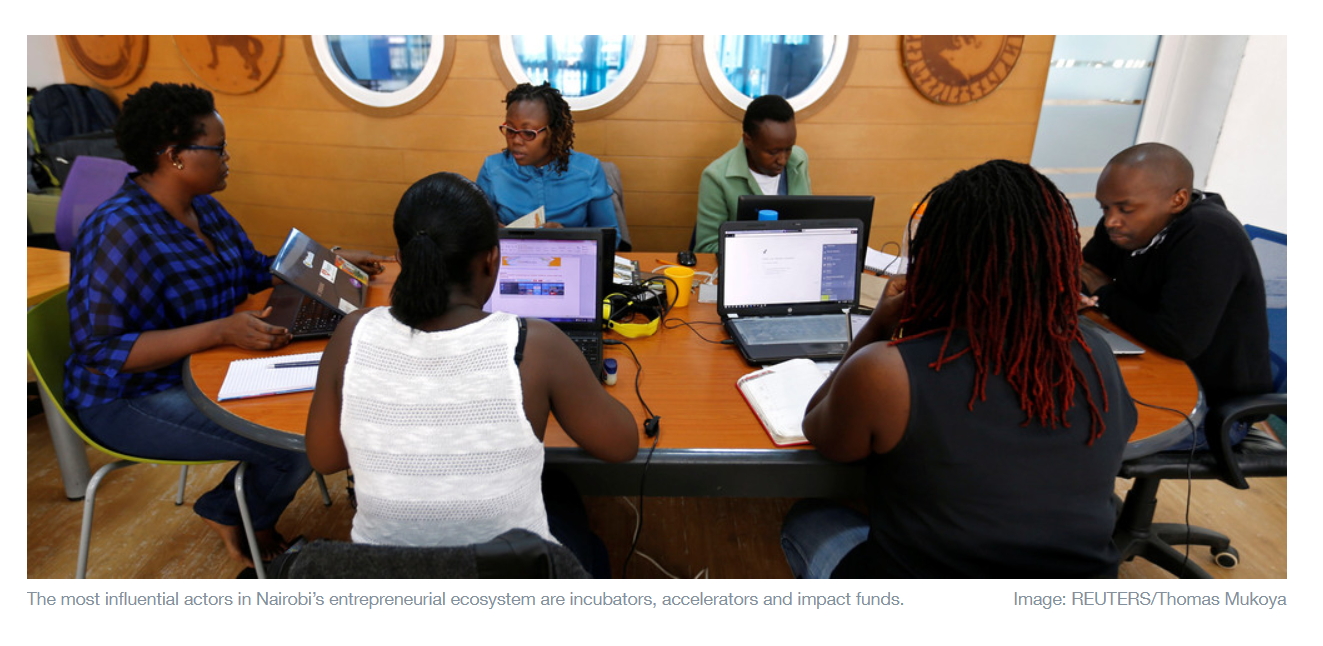 Rows of white faces stare out from the social media meme showing tech start-up executives circulating among young Kenyans, who are angry that foreign entrepreneurs attract more capital than they do.
Rows of white faces stare out from the social media meme showing tech start-up executives circulating among young Kenyans, who are angry that foreign entrepreneurs attract more capital than they do.
A young Kenyan entrepreneur, almost in tears, told us she needs a white face to front her start-up if she is going to raise capital. Village Capital found that 90% of the capital invested in East Africa in 2015-2016 went to a very small group of expatriate-founded businesses.
This is Africa in 2019. What is going on?
The impact investment field is now valued at $502 billion per year, according to the Global Impact Investing Network, and is a growing source of finance for businesses of all kinds in Africa.
However, there are many issues on the ground that means that capital is not necessarily reaching the most impactful business models and that the promised returns may not be realised. There appears to be a gap in understanding between foreign impact investors and local entrepreneurs that needs to be bridged if capital is to be allocated to locally-founded businesses with long-term growth potential.
So what is going on? The vast majority of impact investment firms operating in Africa source funds from outside Africa and most make investment decisions outside Africa too. Recent evidence suggests that the biases and behaviour of foreign impact investors may not lead them to investing in the local entrepreneurs with the best chance of long-term financial success and social impact.
